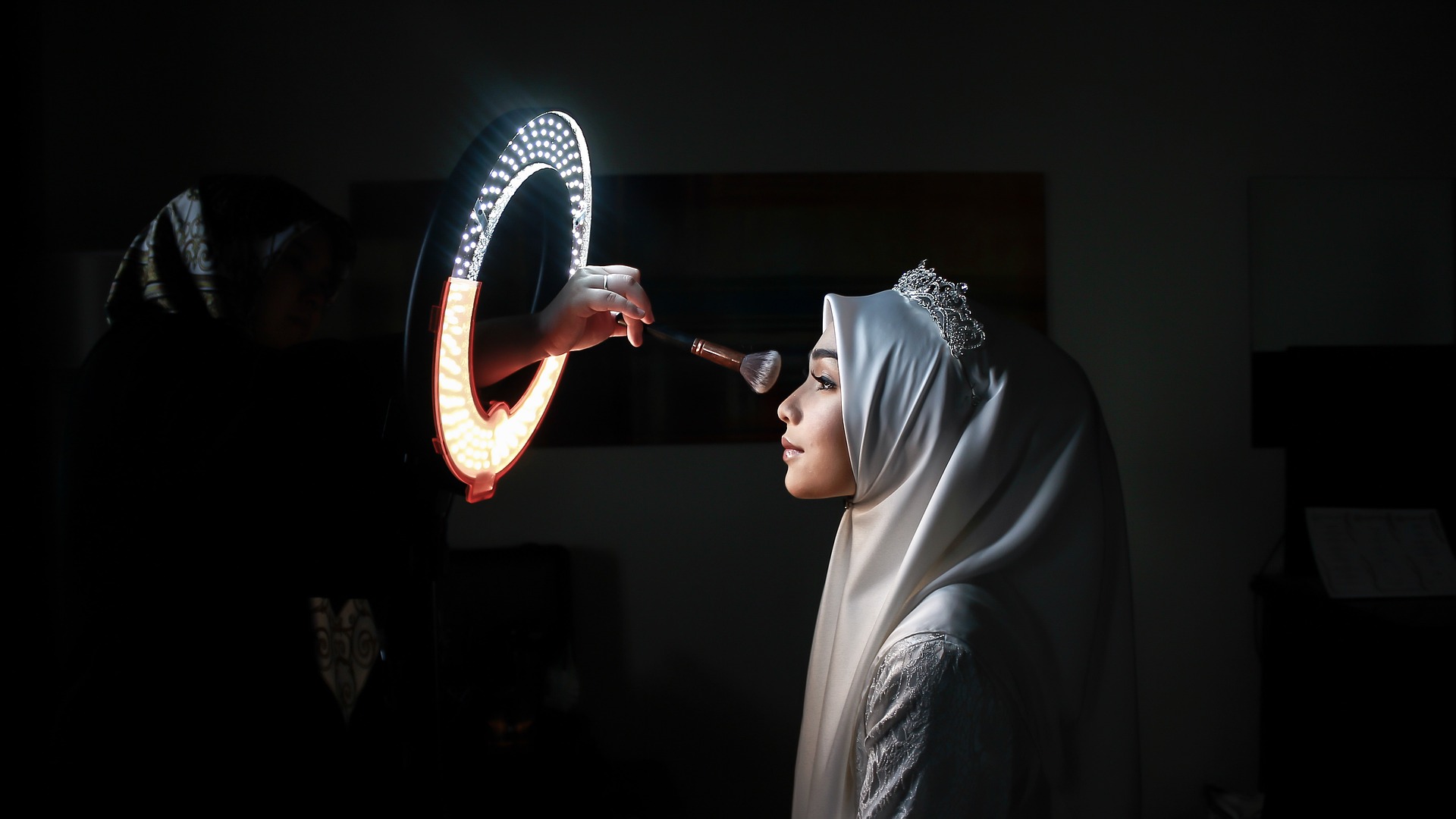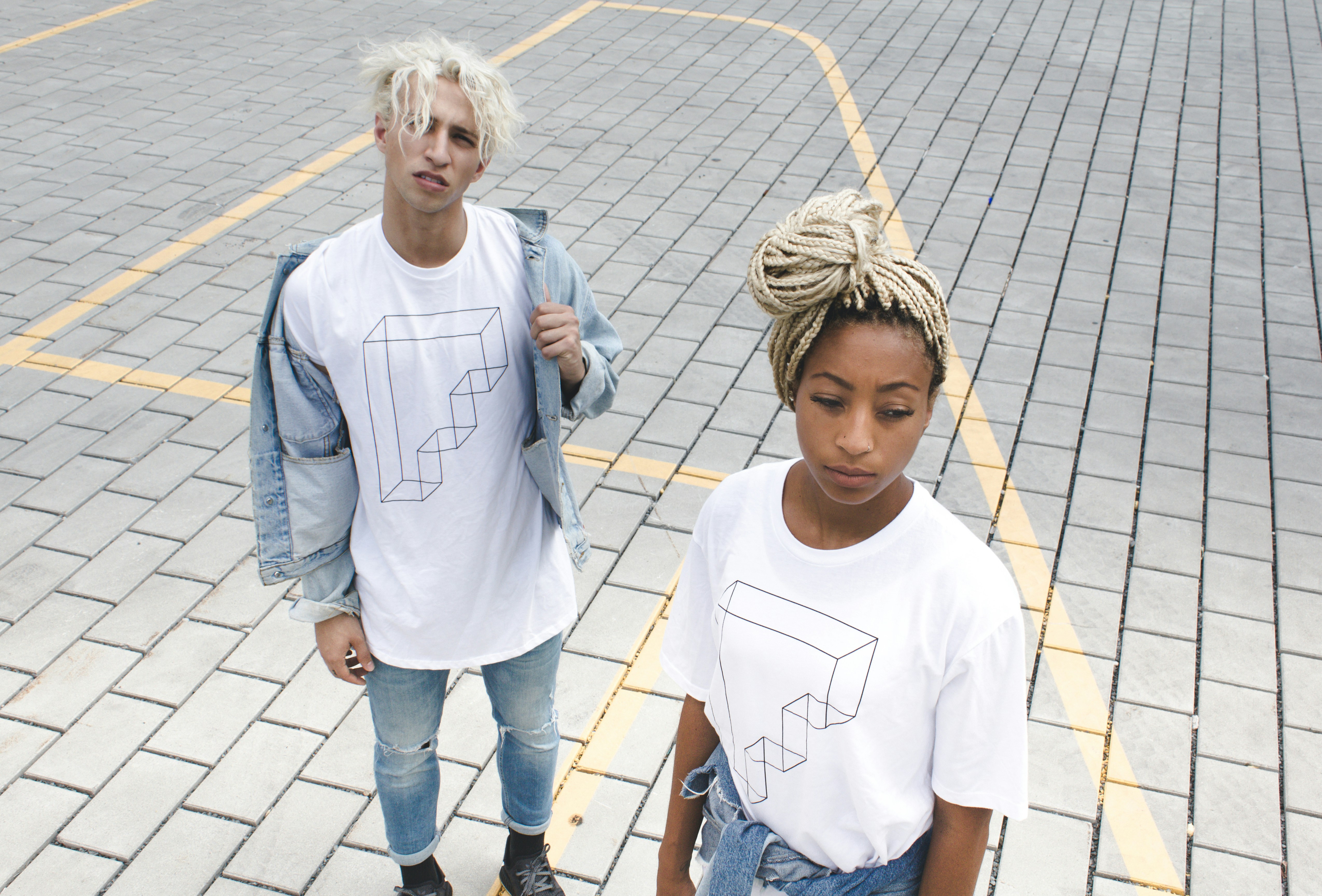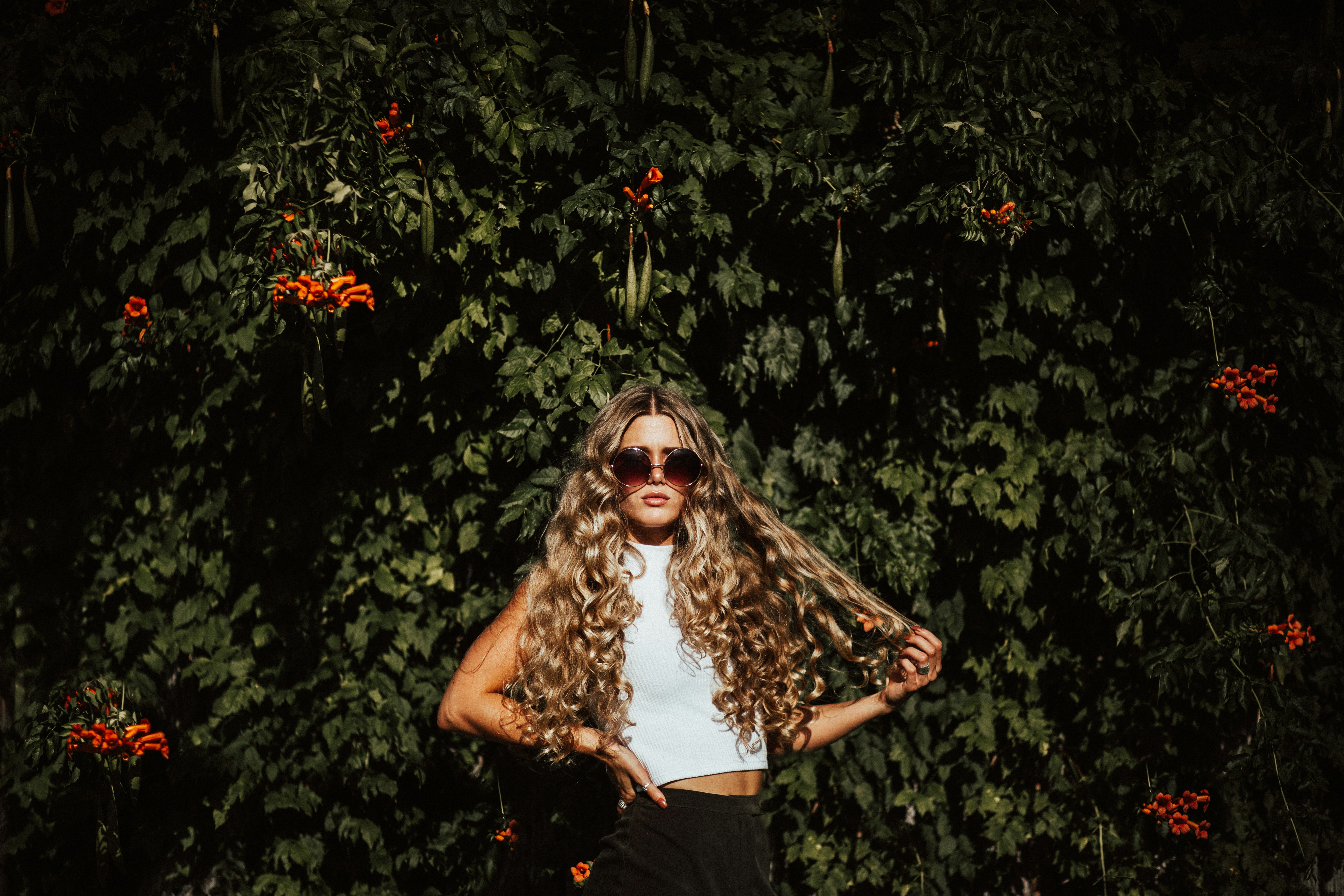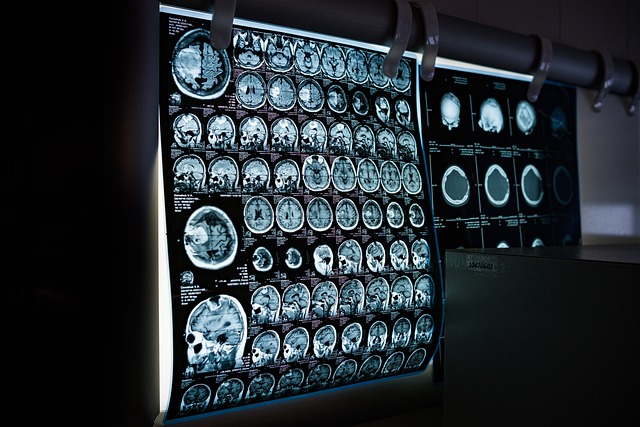The Impact and Benefits of AR in the Cosmetics Industry
Imagine a futuristic technology that allows you to try various beauty products from the comfort of your home with zero commitment. That future is already here with Augmented Reality (AR) revolutionizing the beauty industry.

The Genesis of In-App Makeup Try-Ons:
Augmented Reality (AR) is the ability to enhance or modify the perception of our physical world through computer-generated sensory input. In the beauty industry, the technology gives a chance for users to explore different makeup styles and products virtually. The concept didn’t emerge suddenly; it’s a result of decades of technological evolution. In the ’90s, ‘Virtual Try-On’ was a distant dream, only seen in Sci-Fi movies. With the advent of smartphones and high-speed internet, advanced customization and personalization became a reality. Numerous beauty brands incorporated this feature into their apps and websites by the mid-2010s. Historically, L’Oreal being an early adopter, integrated AR into its mobile app via Modiface in 2016, enabling customers to try different hair colors.
How AR is Shaping the Beauty Industry:
Today, various brands like Sephora, MAC, and Ulta have incorporated AR into their apps. The technology offers interactive experiences and delivers a unique approach to beauty product exploration. One significant trend is the rise in personalized beauty centered around AR. By analyzing the user’s facial structure, the apps suggest suitable makeup colors and styling tips. According to Gartner, 100 million users utilized AR to shop online in 2020, making this technology a prevailing trend.
The Repercussions of AR in the Industry:
AR is not just another passing fancy; it represents a significant shift in the beauty industry’s practical aspects. It bridges the gap between brands and consumers by providing personalized recommendations and giving a unique platform to explore products. According to a report by Biteable, immersive shopping experiences like AR could increase conversion rates by 40%. It has also made a massive impact in reducing return rates, as users are more likely to be satisfied with their purchases due to the beforehand virtual try-on experience.
Demystifying the Science Behind Virtual Try-Ons:
Impressive as it sounds, the question undoubtedly arises about how AR works. The apps use facial recognition and tracking technology to align the virtual makeup with the user’s face in real-time with astounding accuracy. Here’s how it works – the app scans your face and marks your prominent features; eyes, lips, cheeks, and brows. Based on these facial features and specifics, the products adjust accordingly. So, if you want to try on a different shade of lipstick, the app knows to focus on your lips.
Summing Up:
Augmented Reality is steering an incredible transformation in the cosmetics industry by blending the digital and physical worlds. It provides an interactive and personal platform for users to explore and engage with products like never before. With further advancements, we can anticipate even more immersive try-on experiences in days to come. The magic of AR lies in its ability to make the world of beauty more accessible, personal, and enjoyable.




